Technologies
Lenovo Slim Pro 7 Review: Portable Power for Content Creators
The 14.5-inch Slim Pro 7 is the rare content-creation laptop that serves up Nvidia RTX graphics in a compact package.
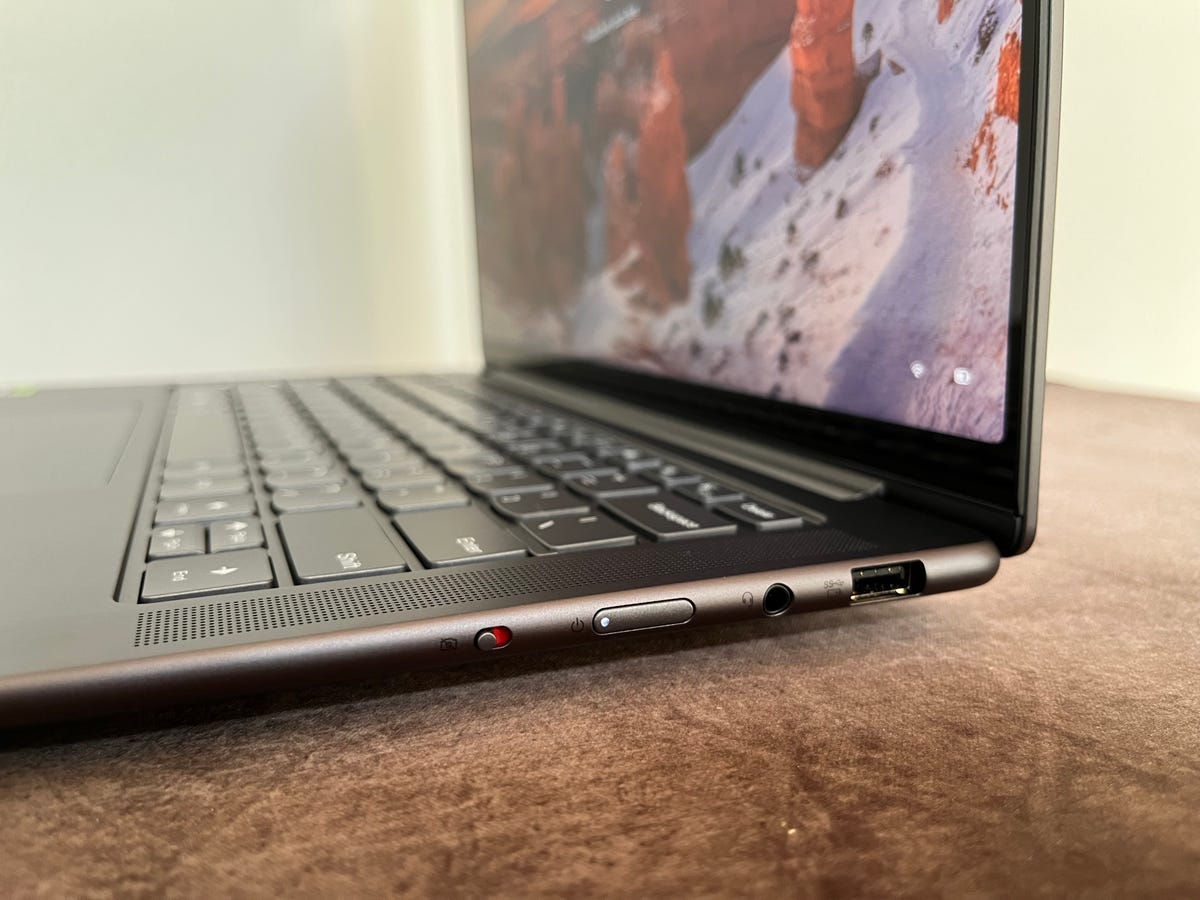
Like
- Unusual combination of power and portability
- Sharp, fast display
- Rugged chassis
- Long-running battery
Don’t like
- Drab exterior
- Limited storage space
- «Clacky» touchpad
Geared toward content creators whose work has them on the go, the Lenovo Slim Pro 7 offers an uncommon combination of power and portability. It’s built around a 14.5-inch, 90Hz display and powered by an AMD Ryzen 7 and entry-level Nvidia GeForce RTX 3050 discrete graphics. Content creation laptops usually pair a dedicated GPU with a larger 16- or 17-inch display that provides a larger canvas on which to work at the expense of travel ease. With a 14.5-inch display and thin, compact chassis, the Lenovo Slim Pro 7 weighs only 3.5 pounds and makes a better travel companion than a full-size mobile content creation station.
And while the display may be smaller than the usual, it’s fine and fast with a 2.5K resolution that’s finer than the usual full-HD resolution and a 90Hz refresh rate that’s faster than the typical 60Hz panel. Add in long battery life and a rugged chassis, and the Lenovo Slim Pro 7 makes a compelling case for wandering content creators or part-time gamers. The laptop’s pedestrian looks, however, may underwhelm graphics pros with an eye for style.
Lenovo Slim Pro 7
| Price as reviewed | $1,200 |
|---|---|
| Display size/resolution | 14.5-inch 2,560 x 1,600 90Hz IPS Touch Display |
| CPU | 3.2GHz AMD Ryzen 7 7735HS |
| Memory | 16GB DDR5 6,400MHz |
| Graphics | 6GB Nvidia GeForce RTX 3050 |
| Storage | 512 GB PCIe Gen 4 M.2 SSD |
| Networking | Wi-Fi 6E* 802.11AX (2 x 2) Bluetooth 5.1 |
| Operating system | Window 11 Home 22H2 |
Lenovo makes only one model of the Lenovo Slim Pro 7, and it’s not customizable. It’s available direct from Lenovo and also at Best Buy for $1,200 and, at the moment, it’s only $900. It features a 14.5-inch display powered by AMD Ryzen 7 7735HS, 16GB of RAM and Nvidia GeForce RTX 3050 graphics. It also supplies a 512GB SSD. The 14.5-inch, 16:10 display features a 2.5K resolution (2,560×1,600 pixels), a 90Hz refresh rate and touch support. The Ryzen 7 7735HS CPU is a member of AMD’s latest Ryzen 7 7000 series and has eight cores, 16 threads and a base frequency of 3.2GHz. The RTX 3050 is the entry-level GPU in Nvidia’s previous RTX 30 series.
In lab testing, the Slim Pro 7 proved itself to be a strong performer and long runner. Along with the AMD-based HP Dragonfly Pro, it trailed the two Intel-based laptops, the Asus ROG Flow Z13 and Dell XPS 15, on the PCMark and Geekbench tests, but the AMD pair was able to flip the script on Cinebench. Although the Slim Pro 7 isn’t designed to be a gaming laptop, we ran our 3D graphics and gaming benchmarks to see what the RTX 3050 could handle. And it performed admirably on these tests, keeping pace and in some instances outpacing the Asus and Dell laptops that feature RTX 3050 Ti graphics. And the Slim Pro 7 was the runaway winner on our battery life test, easily outpacing the others here with a running time of more than 12 hours on our demanding online streaming battery drain test.
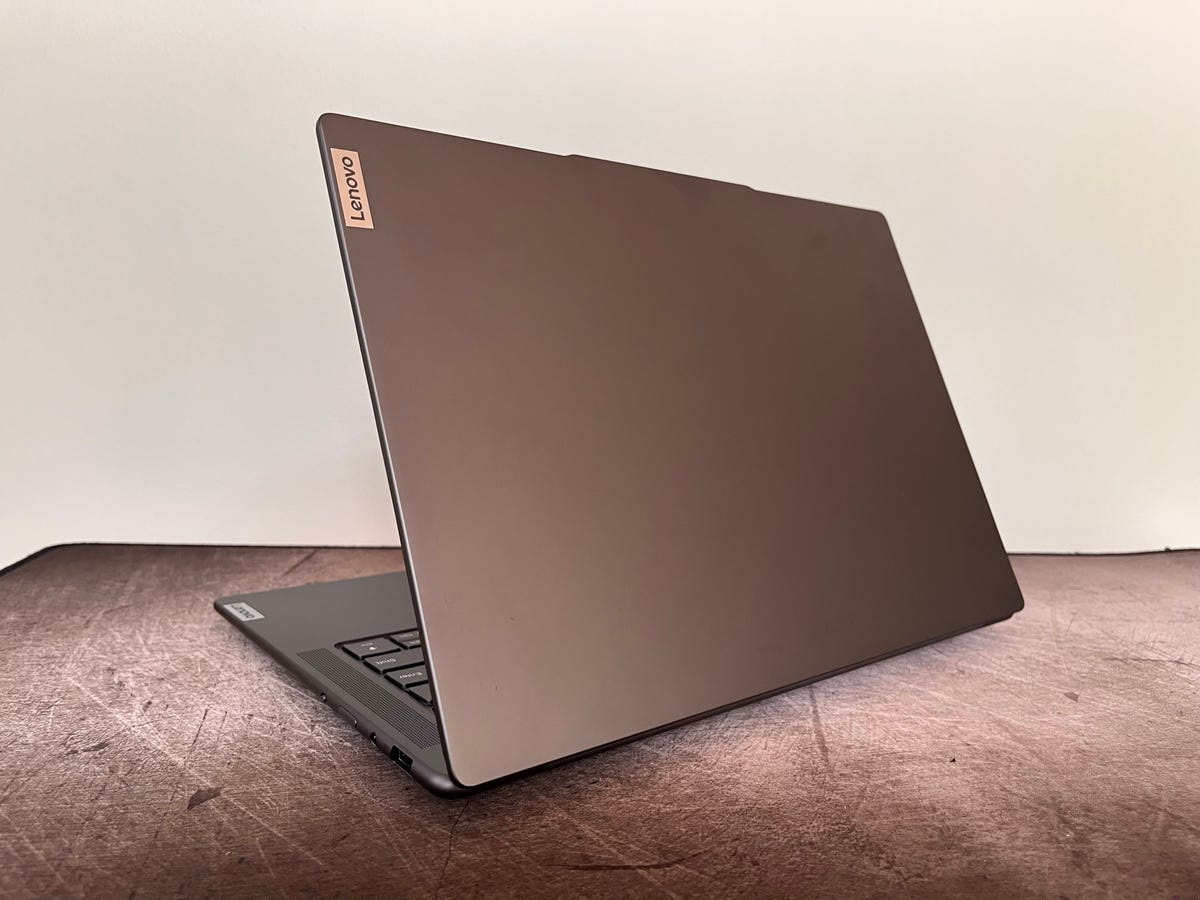
Dull gray but rugged chassis
The Slim Pro 7 has an all-aluminum chassis with a staid, all-business look. It’s entirely a dark gray color that Lenovo calls Storm Gray. The lid is dark gray, the keyboard deck is gray, the keys are dark gray and the bottom panel is dark gray. That’s a lot of a rather dull, dark gray. We’ve asked laptop makers in the past why color options regularly lean toward drab in the US and the standard answer is, «Other colors don’t sell well.» And this dark gray is the result.
The only accents are small silver Lenovo badges on the left edge of the keyboard deck and the left edge of the lid. It lacks the style of the HP Dragonfly Pro, which features a gorgeous, minimalistic design with a matte-black finish and gently rounded edges.
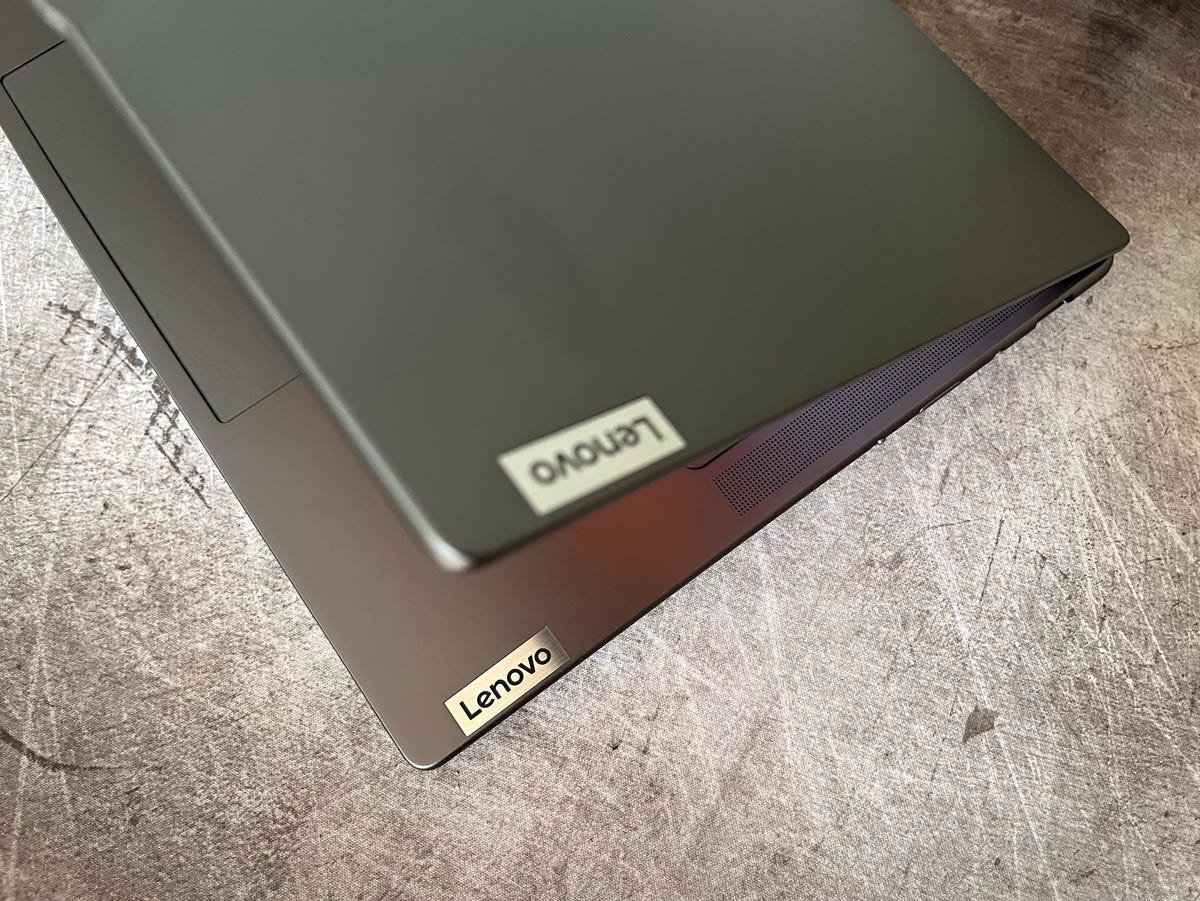
What the Slim Pro 7 lacks in looks, it makes up for in ruggedness. The chassis feels very firm and has passed MIL-STD 810H tests, proving an ability to withstand drops, vibration, shock, dust, altitude and extreme temperatures. The military-grade ruggedness doesn’t turn the Slim Pro 7 into a hulking laptop, though. It measures a trim 12.8 inches wide by 8.9 inches deep and is only 0.6-inch thick. It weighs 3.56 pounds, which is basically the same as the 3.52-pound MacBook Pro 14 and slightly heavier than the 14-inch HP Dragonfly Pro which weighs 3.42 pounds.
The display hinge is stellar. It might seem odd to praise a hinge, but it runs nearly the width of the laptop and holds the display firmly in place while also gliding smoothly when you open and close the lid. And the lid is easy to open, thanks to the notch that gently juts out from the center of the top edge of the display.
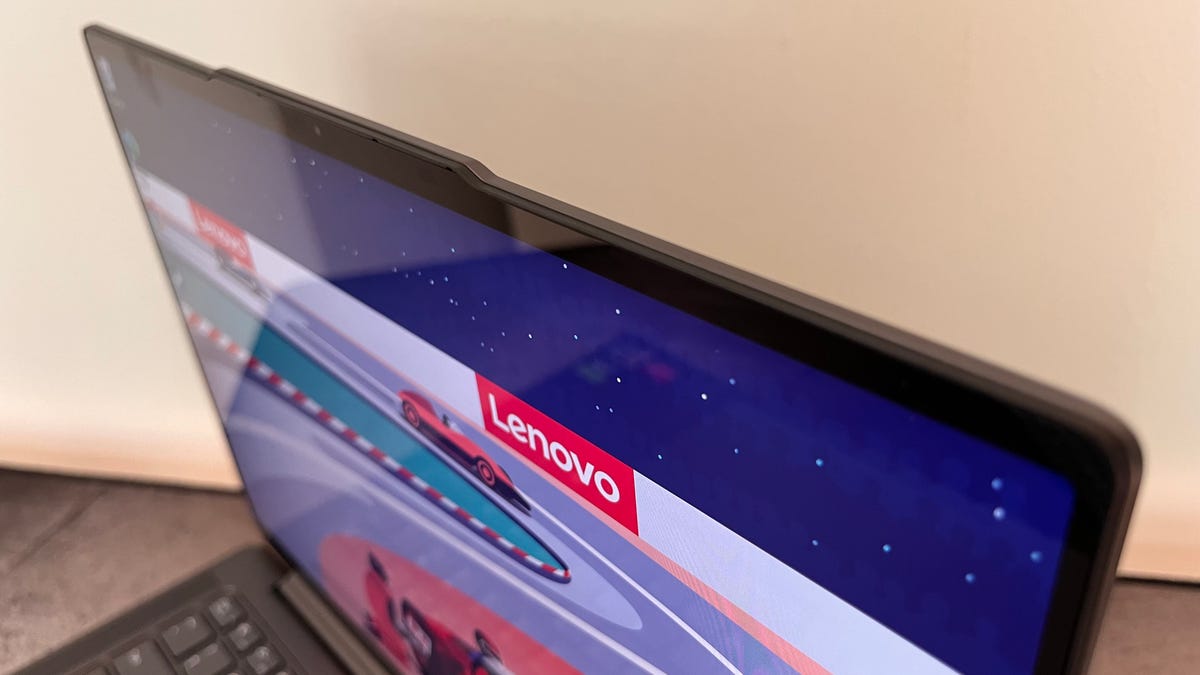
The keyboard feels roomy and comfortable with snappy feedback for fast and accurate typing. The touchpad, however, sounds a bit «clacky.» It offers a bit too much travel and emits a louder-than-usual sound when clicked. The keyboard offers two-level backlighting, and there’s also an Auto setting that turns on the backlighting when conditions darken.

The keyboard lacks a fingerprint reader, but the webcam is an IR camera that lets you skip entering a password and log in using facial recognition. The camera also has a 1080p sensor that creates better-balanced images with less grainy noise than previous-generation 720p webcams. And when you aren’t video conferencing, you can flip the kill switch on the laptop’s right edge to kill the power to the camera to protect your privacy.
A fine display
The 14.5-inch display’s 2.5K resolution sits at the midway point between the 14-inch HP Dragonfly Pro’s Full HD (1,920×1,200-pixel) panel and the 14-inch MacBook Pro’s Liquid Retina XRD display that has a 3,024×1,964-pixel resolution. Having just reviewed the Dragonfly Pro and using the 14-inch MacBook Pro as my everyday laptop, I can state with authority that the Slim Pro 7’s display is closer to that of the MacBook Pro than Dragonfly Pro. Text looks crisp and inky black as it does on the MacBook Pro, with none of the blurriness I saw with text on the Dragonfly Pro. The Slim Pro 7 is the least bright, however, of this trio. It’s rated for 350 nits of brightness, and I measured a peak brightness of 375 nits with a lux meter. The Dragonfly Pro is rated for 400 nits and hit 450 nits in my testing, while the MacBook Pro hits a peak of 500 nits.
Video editors will appreciate the panel’s 90Hz refresh rate, which is 50% faster than the typical 60Hz panel. I was unable to detect smoother movement in watching videos, but video pros ought to notice a difference when engaged in their detailed editing work.
Video editors may not appreciate the Slim Pro 7’s 512GB SSD, which could quickly reach full capacity if you are working with large video files. Even an option to upgrade the SSD to a larger size would be useful, but Lenovo offers only one model of the Slim Pro 7, and it’s a fixed configuration.
Narrow speaker grilles flank the keyboard, and behind each one is not one but two speakers. The Slim Pro 7’s audio output is fuller than that of typical laptop stereo sound. Music playback lacks bass, but the four speakers produce enough oomph to fill a small room.
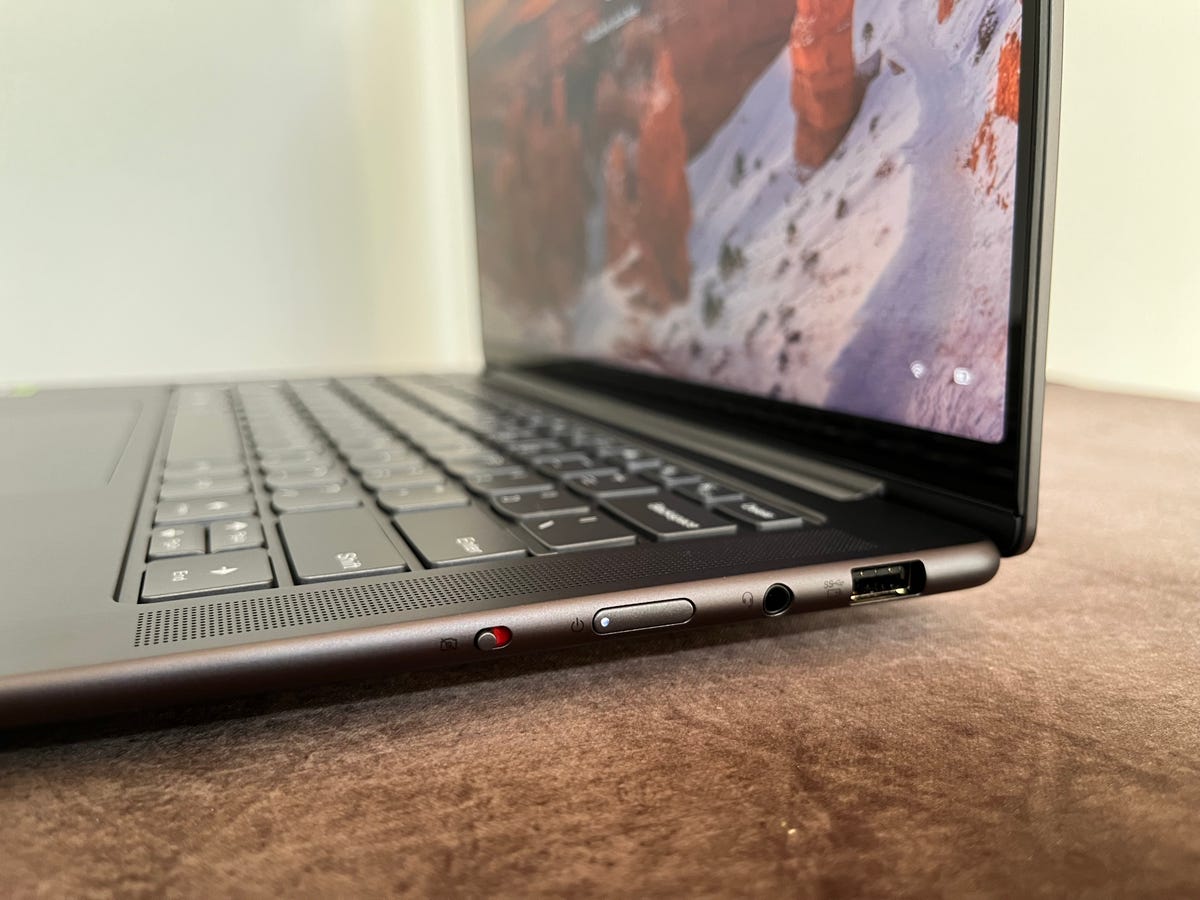
The Slim Pro 7 features a pair of USB-C ports — one USB 3.2 Gen 2 port with 20Gbps speed and a faster 40Gbps USB 4 connection — along with a USB Type-A port on the right side to connect a mouse or an older USB peripheral. You also get an HDMI port and a headphone jack but no Ethernet jack, which would be handy for uploading large photo and video files.
If the staid design and smallish SSD don’t trip you up, there’s a lot to like about the rugged and compact Lenovo Slim Pro 7, especially when it’s on sale with a hefty $300 discount. It’s a rarity among content creation laptops in packaging RTX graphics in a laptop that’s smaller than 15 inches; most at this size are for gaming. What you sacrifice in screen real estate with the 14.5-inch display you gain in portability with a 3.5-pound travel companion. And stepping down in display size doesn’t also step you down to a full-HD resolution — the display’s 2.5K resolution looks incredibly sharp across the 14.5-inch panel. The Slim Pro 7’s long battery life also extends its portability — this is a laptop that will likely get you through the workday on a single charge.
How we test computers
The review process for laptops, desktops, tablets and other computer-like devices consists of two parts: performance testing under controlled conditions in the CNET Labs and extensive hands-on use by our expert reviewers. This includes evaluating a device’s aesthetics, ergonomics and features. A final review verdict is a combination of both objective and subjective judgments.
The list of benchmarking software we use changes over time as the devices we test evolve. The most important core tests we’re currently running on every compatible computer include: Primate Labs Geekbench 5, Cinebench R23, PCMark 10 and 3DMark Fire Strike Ultra.
A more detailed description of each benchmark and how we use it can be found in our How We Test Computers page.
Geekbench 5 (multicore)
Cinebench R23 (multicore)
3DMark Wild Life Extreme
PCMark 10 Pro
Guardians of the Galaxy (High @1920×1080)
The Riftbreaker GPU @1920×1080
Online streaming battery drain test
System configurations
| Lenovo Slim Pro 7 (14ARP8) | Microsoft Windows 11 Home; 3.2GHz AMD Ryzen 7 7735HS with Radeon Graphics; 16GB DDR5 6,400MHz RAM; 6GB Nvidia GeForce RTX 3050; 512GB SSD |
|---|---|
| HP Dragonfly Pro | Microsoft Windows 11 Home; 2.7GHz AMD Ryzen 7 7736U with Radeon Graphics; 16GB DDR5 6,400MHz RAM;512MB AMD Graphics; 512GB SSD |
| Asus ROG Flow Z13 | Microsoft Windows 11 Home; 2.5GHz Intel Core i9-12900H; 16GB DDR5 6,400MHz; RAM 4GB Nvidia GeForce RTX 3050Ti; 1TB SSD |
| Dell XPS 15 9520 | Microsoft Windows 11 Home; 2.3GHz Intel Core i7-12700H; 16GB DDR5 4,800MHz RAM; 4GB Nvidia GeForce RTX 3050Ti; 512GB SSD |
Technologies
How to Get Verizon’s New Internet Plan for Just $25 Per Month
Technologies
This $20K Humanoid Robot Promises to Tidy Your Home. But There Are Strings Attached
The new Neo robot from 1X is designed to do chores. It’ll need help from you — and from folks behind the curtain.
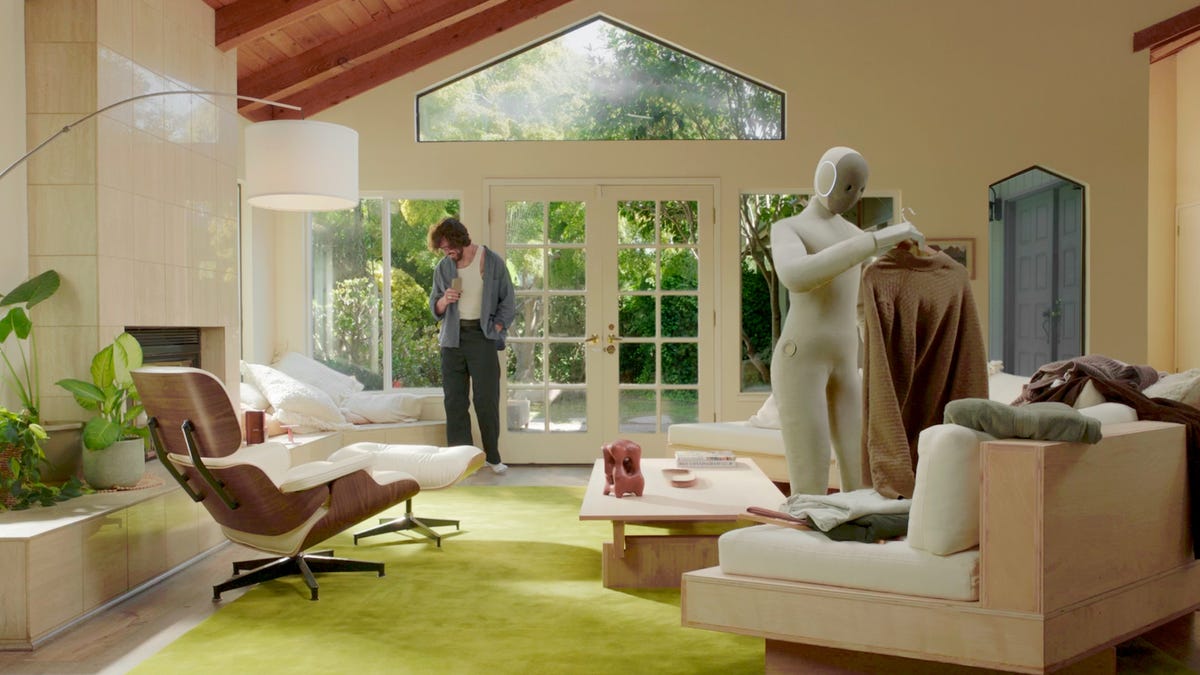
It stands 5 feet, 6 inches tall, weighs about as much as a golden retriever and costs near the price of a brand-new budget car.
This is Neo, the humanoid robot. It’s billed as a personal assistant you can talk to and eventually rely on to take care of everyday tasks, such as loading the dishwasher and folding laundry.
Neo doesn’t work cheap. It’ll cost you $20,000. And even then, you’ll still have to train this new home bot, and possibly need a remote assist as well.
If that sounds enticing, preorders are now open (for a mere $200 down). You’ll be signing up as an early adopter for what Neo’s maker, a California-based company called 1X, is calling a «consumer-ready humanoid.» That’s opposed to other humanoids under development from the likes of Tesla and Figure, which are, for the moment at least, more focused on factory environments.
Neo is a whole order of magnitude different from robot vacuums like those from Roomba, Eufy and Ecovacs, and embodies a long-running sci-fi fantasy of robot maids and butlers doing chores and picking up after us. If this is the future, read on for more of what’s in store.
Don’t miss any of our unbiased tech content and lab-based reviews. Add CNET as a preferred Google source.
What the Neo robot can do around the house
The pitch from 1X is that Neo can do all manner of household chores: fold laundry, run a vacuum, tidy shelves, bring in the groceries. It can open doors, climb stairs and even act as a home entertainment system.
Neo appears to move smoothly, with a soft, almost human-like gait, thanks to 1X’s tendon-driven motor system that gives it gentle motion and impressive strength. The company says it can lift up to 154 pounds and carry 55 pounds, but it is quieter than a refrigerator. It’s covered in soft materials and neutral colors, making it look less intimidating than metallic prototypes from other companies.
The company says Neo has a 4-hour runtime. Its hands are IP68-rated, meaning they’re submersible in water. It can connect via Wi-Fi, Bluetooth and 5G. For conversation, it has a built-in LLM, the same sort of AI technology that powers ChatGPT and Gemini.
The primary way to control the Neo robot will be by speaking to it, just as if it were a person in your home.
Still, Neo’s usefulness today depends heavily on how you define useful. The Wall Street Journal’s Joanna Stern got an up-close look at Neo at 1X’s headquarters and found that, at least for now, it’s largely teleoperated, meaning a human often operates it remotely using a virtual-reality headset and controllers.
«I didn’t see Neo do anything autonomously, although the company did share a video of Neo opening a door on its own,» Stern wrote last week.
1X CEO Bernt Børnich told her that Neo will do most things autonomously in 2026, though he also acknowledged that the quality «may lag at first.»
The company’s FAQ says that for any chore request Neo doesn’t know how to accomplish, «you can schedule a 1X Expert to guide it» to help the robot «learn while getting the job done.»
What you need to know about Neo and privacy
Part of what early adopters are signing up for is to let Neo learn from their environment so that future versions can operate more independently.
That learning process raises privacy and trust questions. The robot uses a mix of visual, audio and contextual intelligence — meaning it can see, hear and remember interactions with users throughout their homes.
«If you buy this product, it is because you’re OK with that social contract,» Børnich told the Journal. «It’s less about Neo instantly doing your chores and more about you helping Neo learn to do them safely and effectively.»
Neo’s reliance on human operation behind the scenes prompted a response from John Carmack, a computer industry luminary known for his work with VR systems and the lead programmer of classic video games including Doom and Quake.
«Companies selling the dream of autonomous household humanoid robots today would be better off embracing reality and selling ‘remote operated household help’,» he wrote in a post on the X social network (formerly Twitter) on Monday.
1X says it’s taking steps to protect your privacy: Neo listens only when it recognizes it’s being addressed, and its cameras will blur out humans. You can restrict Neo from entering or viewing specific areas of your home, and the robot will never be teleoperated without owner approval, the company says.
But inviting an AI-equipped humanoid to observe your home life isn’t a small step.
The first units will ship to customers in the US in 2026. There is a $499 monthly subscription alternative to the $20,000 full-purchase price, though that will be available at an unspecified later date. A broader international rollout is promised for 2027.
Neo’s got a long road ahead of it to live up to the expectations set by Rosie the Robot in The Jetsons way back when. But this is no Hanna-Barbera cartoon. What we’re seeing now is a much more tangible harbinger of change.
Technologies
I Wish Nintendo’s New Switch 2 Zelda Game Was an Actual Zelda Game
Hyrule Warriors: Age of Imprisonment has great graphics, a great story and Zelda is actually in it. But the gameplay makes me wish for another true Zelda title instead.
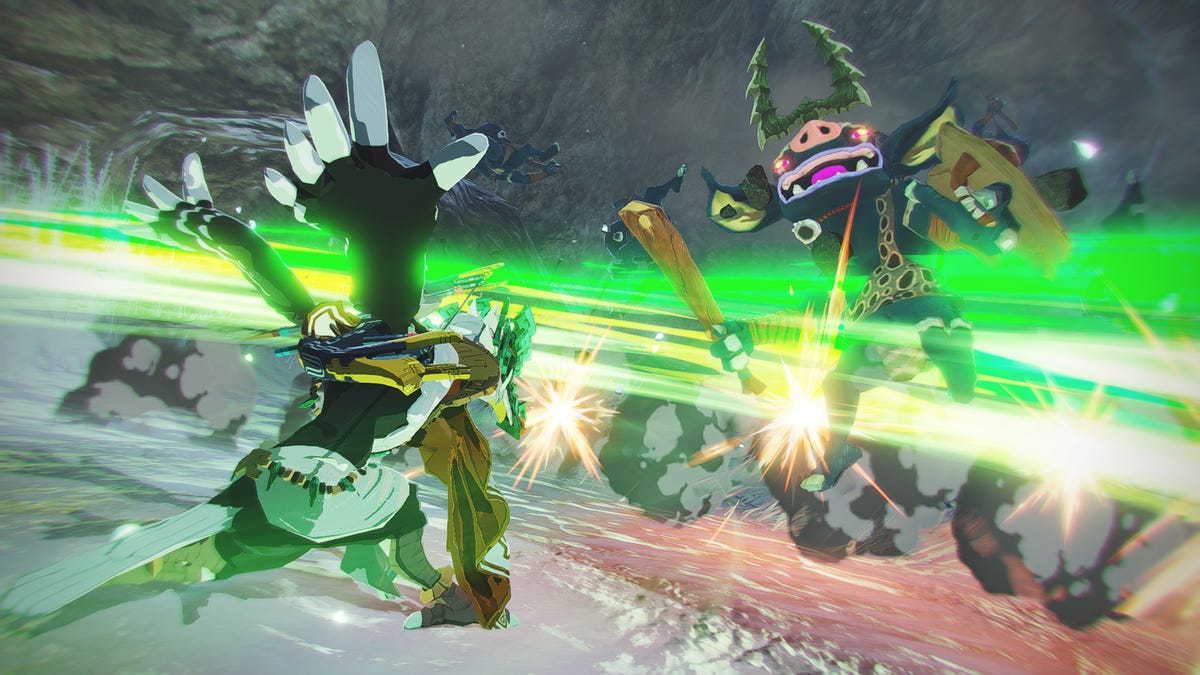
I’ve never been a Hyrule Warriors fan. Keep that in mind when I say that Nintendo’s new Switch 2-exclusive Zelda-universe game has impressed me in several ways, but the gameplay isn’t one of them. Still, this Zelda spinoff has succeeded in showing off the Switch 2’s graphics power. Now can we have a true Switch 2 exclusive Zelda game next?
The upgraded graphics in Tears of the Kingdom and Breath of the Wild has made the Switch 2 a great way to play recent Zelda games, which had stretched the Switch’s capabilities to the limit before. And they’re both well worth revisiting, because they’re engrossing, enchanting, weird, epic wonders. Hyrule Warriors: Age of Imprisonment, another in the Koei-Tecmo developed spinoff series of Zelda-themed games, is a prequel to Tears of the Kingdom. It’s the story of Zelda traveling back in time to ancient Hyrule, and the origins of Ganondorf’s evil. I’m here for that, but a lot of hack and slash battles are in my way.
A handful of hours in, I can say that the production values are wonderful. The voices and characters and worlds feel authentically Zelda. I feel like I’m getting a new chapter in the story I’d already been following. The Switch 2’s graphics show off smooth animation, too, even when battles can span hundreds of enemies.
But the game’s central style, which is endless slashing fights through hordes of enemies, gets boring for me. That’s what Hyrule Warriors is about, but the game so far feels more repetitive than strategic. And I just keep button-mashing to get to the next story chapter. For anyone who’s played Hyrule Warriors: Age of Calamity, expect more of the same, for the most part.
I do like that the big map includes parts in the depths and in the sky, mirroring the tri-level appeal of Tears of the Kingdom. But Age of Calamity isn’t a free-wandering game. Missions open up around the map, each one opening a contained map to battle through. Along the way, you unlock an impressive roster of Hyrule characters you can control.
As a Switch 2 exclusive to tempt Nintendo fans to make the console upgrade, it feels like a half success. I admire the production values, and I want to keep playing just to see where the story goes. But as a purchase, it’s a distant third to Donkey Kong Bananza and Mario Kart World.
Hyrule Warriors fans, you probably know what you’re probably in for, and will likely get this game regardless. Serious Zelda fans, you may enjoy it just for the story elements alone.
As for me? I think I’ll play some more, but I’m already sort of tuning the game out a bit. I want more exploration, more puzzles, more curiosity. This game’s not about that. But it does show me how good a true next-gen Zelda could be on the Switch 2, whenever Nintendo decides to make that happen.









